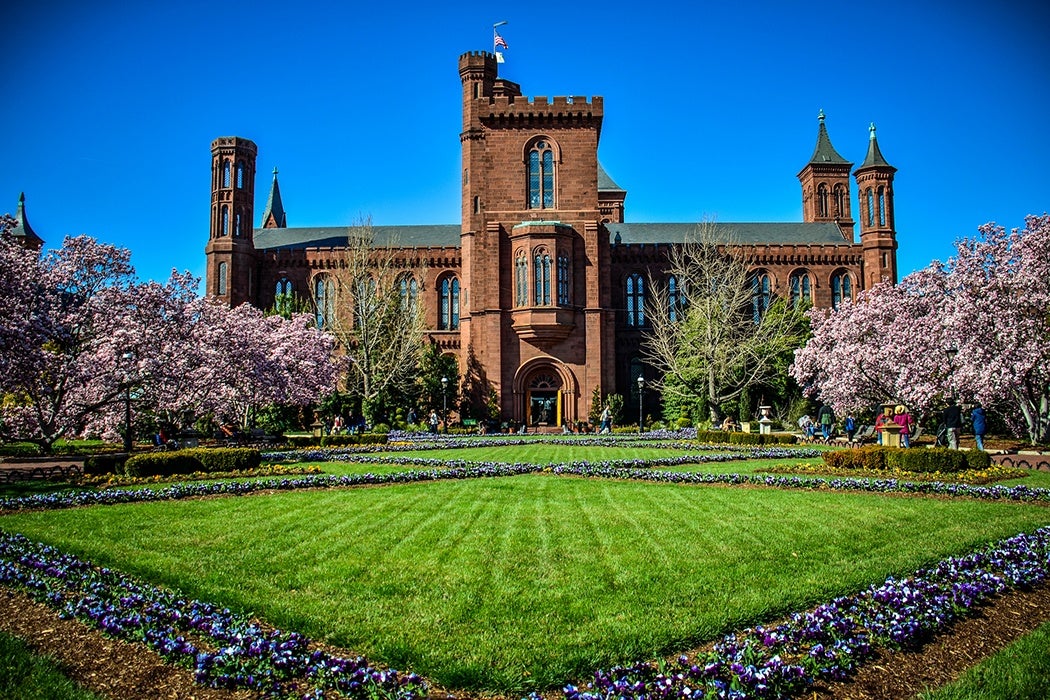In the middle of the nineteenth century, upper-class America went gaga over a vision of the medieval. Carpenter’s Gothic homes and red brick and rough stone neo-Gothic and neo-Romanesque estates, churches, town halls, and libraries replaced earlier colonial and neo-classical styles. Even some of the earliest skyscrapers were decorated with the trappings of this popular and eclectic medievalism.
The upper-class fashion spread via the common currency of consumer goods. There were “Gothic-inspired kerosene lamps, encastled teapots, and dangerously crenelated baby cribs,” as well as “ketchup bottles, creamers, and cast-iron stoves,” writes Robin Fleming in her exploration of this revolution in taste, which included a pink Gothic bowling alley built on the grounds of a Connecticut villa.
Fleming places the fashion in the context of the ahistorical popular medieval history written by Americans who reflected the Victorian notion that “the external trappings of the medieval represented deep and profound virtues.”
According to nineteenth century Americans, medieval architecture carried the pedigree of an “impeccable Christian past.” The famed architect H.H. Richardson even posed in photographs dressed as a monk. Using medieval history to prove the superiority of Christians of Teutonic descent was a priority. A millionaire enthusiast in Boston even “definitively” proved it was the Vikings who had originally settled Cambridge, Massachusetts.
As Fleming puts it, this medical craze belied “a fascination with false origins and half-understood science, and a habit of collecting historical details and pasting them together to a form a grand, anachronistic whole.” Yet the 1890s saw “an extraordinary shift in the historical sensibilities of Americans writing medieval history,” beginning to sweep aside these spurious Picturesque versions of medieval society popular on both sides of the Atlantic. Writing in the American Historical Review, Fleming argues that it was the founding of that very journal in 1895 that helped turn the tide against the fantasy of medievalism and its uses in the “nasty political and social ideology of racial superiority.”
Weekly Digest
Scholarly history began to replace works intended to “inculcate morality and not to overheat the intellect,” as one early school text had it. However, these historians did not have the popularity of earlier epic or Picturesque ones. A fantasy rejected by historians—that medieval culture was a “glorious epic” of white Anglo-Saxon Protestants —was carried on in popular culture and the general public’s imaginations.







